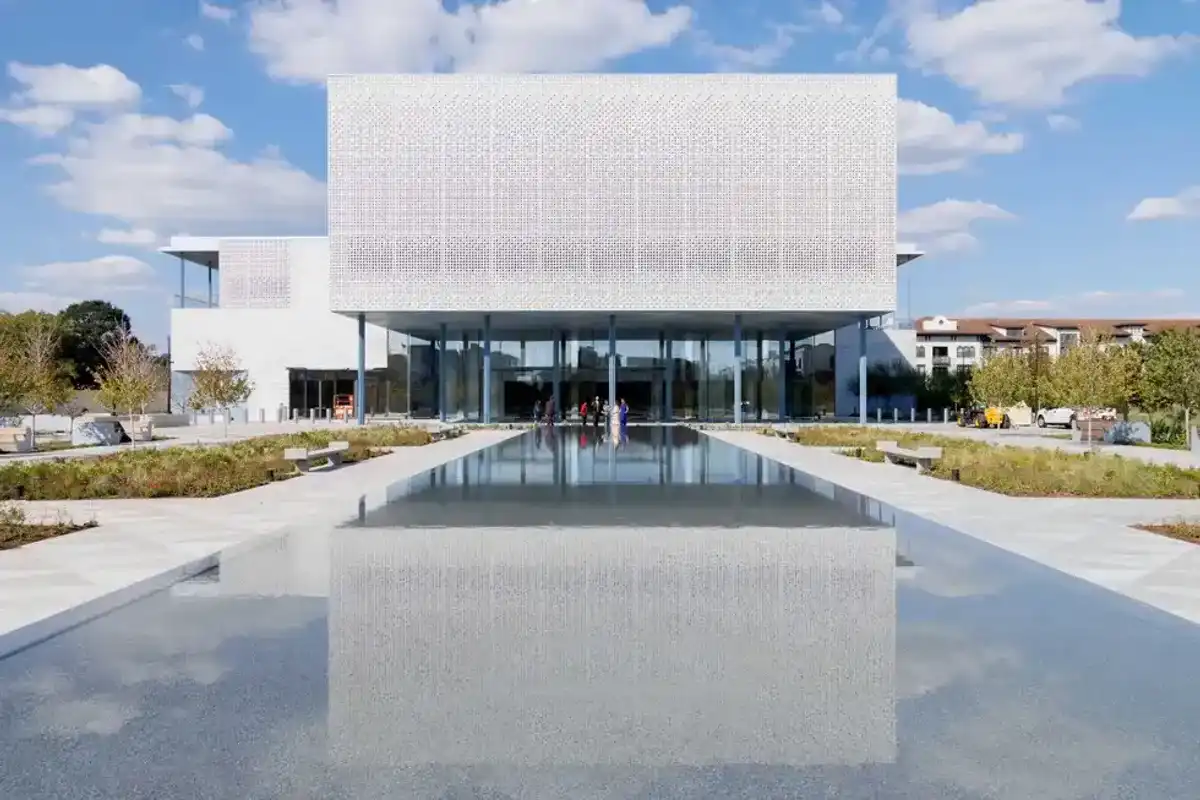Houston rises in the ranks of best cities for veteran entrepreneurs
best of the rest
Houston has moved up the ranks in an annual study of the top places in the U.S. for veteran entrepreneurs.
The study, conducted by the PenFed Foundation and Edelman Data & Intelligence, puts Houston at No. 5 among the best metro areas for veteran entrepreneurs. That’s up from No. 12 in the 2021 study.
The study cites Houston’s economic growth, support for veterans, strong employment, and low unemployment rate among veterans as factors favoring veteran entrepreneurs.
More than 300,000 military veterans live in the Houston area. That’s the second largest population of veterans in the U.S.
Due to the Houston area’s robust veteran population, Bayou City was chosen in 2018 as the site for the third local chapter of Bunker Labs, an accelerator and incubator for military-affiliated entrepreneurs.
At No. 1 in the study is Washington, D.C., followed by:
2. New York City
3. Seattle
4. Dallas-Fort Worth
5. Houston
6. Austin
7. Sioux Falls, South Dakota
8. Cleveland
9. Rapid City, South Dakota
10. Boston
Elsewhere in Texas, McAllen-Edinburg-Mission landed at No. 20 and San Antonio at No. 23.
The study analyzed four categories for each city: livability, economic growth, support for veterans, and ability to start a business. The study evaluated 390 metro areas.
“As the nation navigates the economic impacts of inflation, the study focused especially on how inflation impacts cities differently,” says the PenFed Foundation, established by PenFed Credit Union.
This is the third year for the study.
“We want to help cities across the United States understand which environments are best suited for military veterans to start and grow businesses, and inspire city leaders to take the actions needed to support veteran entrepreneurs,” James Schenck, president and CEO of PenFed Credit Union and CEO of the foundation, says in a news release.





 2025 Houston Innovation Awards winners revealed at annual eventThe 2025 Houston Innovation Awards winners have been revealed. Courtesy photo
2025 Houston Innovation Awards winners revealed at annual eventThe 2025 Houston Innovation Awards winners have been revealed. Courtesy photo